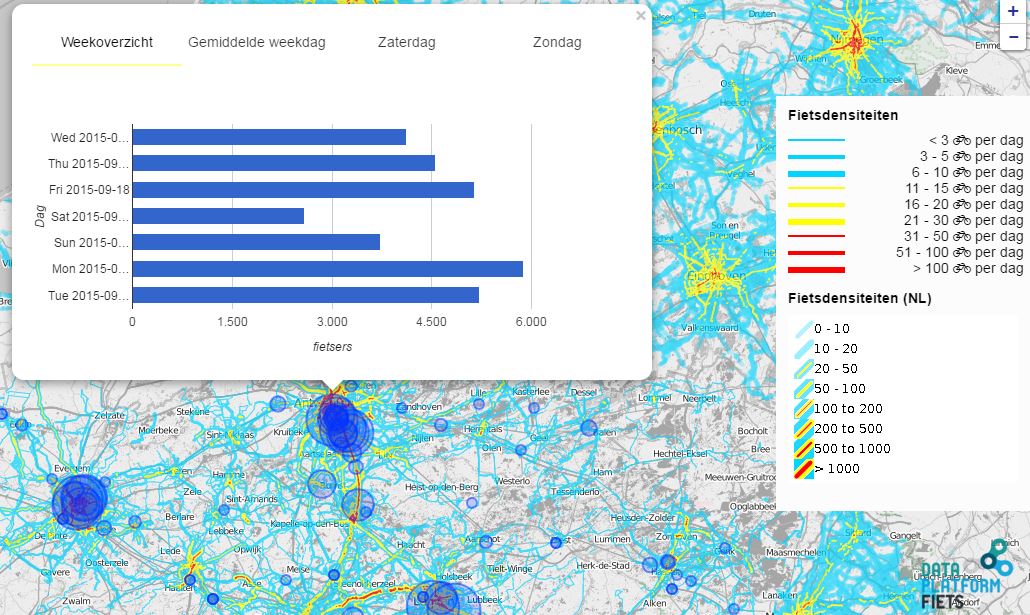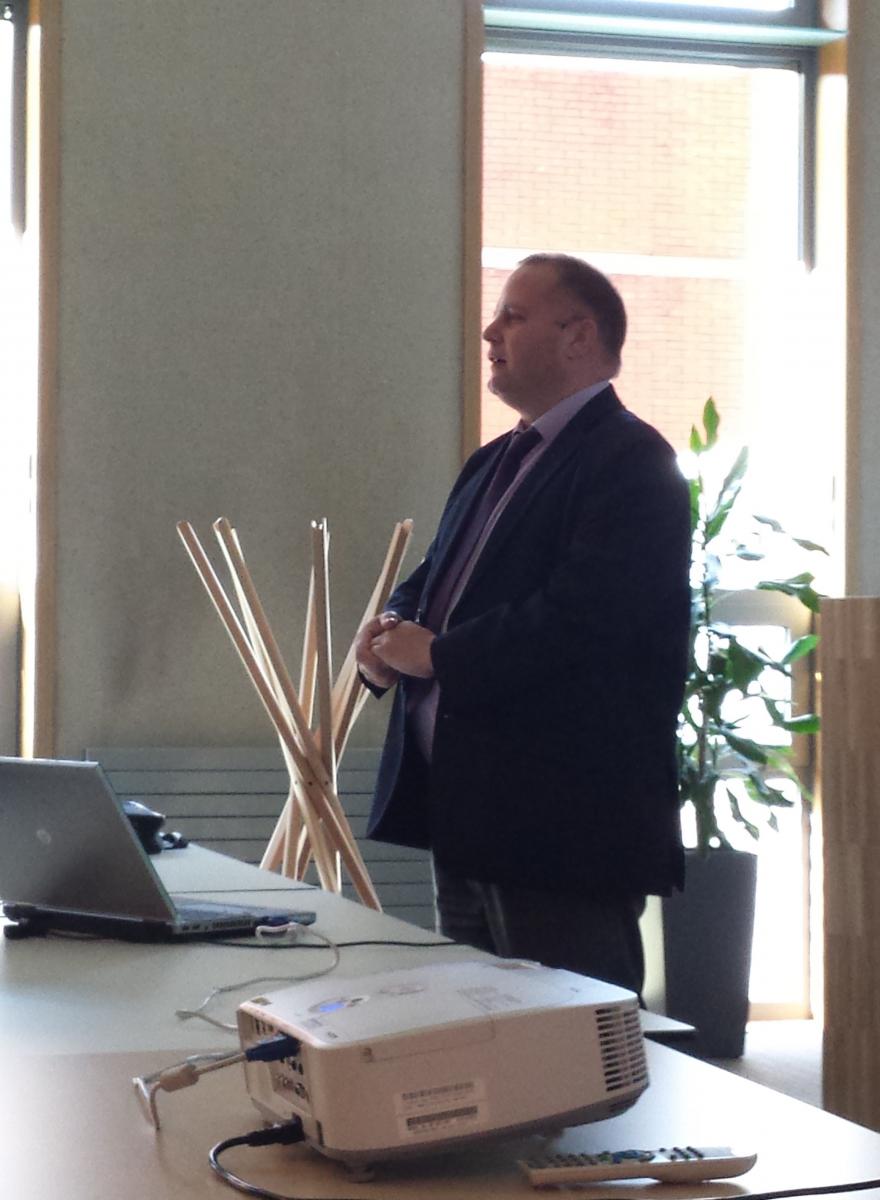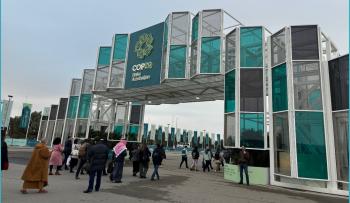
Flanders moving towards cycling policy 2.0
With an average of 12% bicycle use is Flanders (Belgium) part of the top regions in Europe for everyday cycling, after the Netherlands and Denmark (respectively 29% and 23% of all trips nationwide). In 2014, Flanders Cycling Embassy (Fietsberaad Vlaanderen) was created to lift the level of cycling in Flanders even higher and involve all local governments in the development and implementation of modern times cycling policies. Fietsberaad Vlaanderen regularly organises workshops, a recent one concerning planning and data collection for cycling in which about 40 enthusiast people from local authorities participated.
 Mayor Guido Vaganée of Bonheiden-Rijmenam, a small town of 15.000 inhabitants, is ambitious when it comes to cycling. The town currently has exactly the Flemish average of cycle use but wants to double this and reach 24% share of cycling by 2020. After the development of a mobility plan, the local decision-makers have invested in a cycling plan to make cycling a really attractive mobility choice for inhabitants. The plan has been approved by all parties, governing or in opposition and is already being implemented as we speak. The plan contains the development of a network of successive cycle streets throughout the town, leading towards a nearby cycle highway. The Mayor proudly announced the official opening of the Cycle Street Route on 29th May 2016. Bonheiden-Rijmenam currently already holds the longest Cycle Street in Europe with a total length of 6,238km (before Utrecht which has a cycle street of 5,8km). Comfortable and covered new bicycle parking facilities are also one of the main points of attention in the cycling plan and last but not least, an effective behaviour change campaign is launched for the schools. Children who cycle or walk to school, earn a ticket for the local fair for each kilometre cycled. In winter or when the weather is bad, the amounts are doubled! This is not only a successful tool for sustainable mobility, but also to promote and invigorate the local fairs. Another tool for schools are special designed safe school routes and complimentary worksheets to teach children how to behave in real world, on the street traffic.
Mayor Guido Vaganée of Bonheiden-Rijmenam, a small town of 15.000 inhabitants, is ambitious when it comes to cycling. The town currently has exactly the Flemish average of cycle use but wants to double this and reach 24% share of cycling by 2020. After the development of a mobility plan, the local decision-makers have invested in a cycling plan to make cycling a really attractive mobility choice for inhabitants. The plan has been approved by all parties, governing or in opposition and is already being implemented as we speak. The plan contains the development of a network of successive cycle streets throughout the town, leading towards a nearby cycle highway. The Mayor proudly announced the official opening of the Cycle Street Route on 29th May 2016. Bonheiden-Rijmenam currently already holds the longest Cycle Street in Europe with a total length of 6,238km (before Utrecht which has a cycle street of 5,8km). Comfortable and covered new bicycle parking facilities are also one of the main points of attention in the cycling plan and last but not least, an effective behaviour change campaign is launched for the schools. Children who cycle or walk to school, earn a ticket for the local fair for each kilometre cycled. In winter or when the weather is bad, the amounts are doubled! This is not only a successful tool for sustainable mobility, but also to promote and invigorate the local fairs. Another tool for schools are special designed safe school routes and complimentary worksheets to teach children how to behave in real world, on the street traffic.
The city of Hasselt (75.000 inhabitants and also 12% of cycling mode share) presented another good example from Flanders. Hasselt is launching the year of the bicycle in April 2016. The city has prepared out 52 action sheets to which all city departments have been contributed (from the youth department to the police). The action sheets cover a mix of hard (infrastructure) and soft (communication) measures and every week, a new cycling activity will take place or an existing one will be brought to the attention of the inhabitants. A large public consultation of citizens, local businesses, visitors, etc. has also started. One of the measures shown during the cycle tour around the city, is a new park & ride outside the city centre with multimodal facilities: free rental bicycles to cycle into town, covered and guarded bicycle parking, free bus service into town, charge electric cars.
The real eye-catcher of the day was Fietsberaad Vlaanderen’s ambitious plans to collect better cycling data. Together with the Dutch CROW-Fietsberaad, the University of Ghent and NHTV Breda, they launched the Bicycle Count Week in September 2015. With a specially designed app and a week of concentrated automatic and manual counting, cyclists have been put on the map. Prof. Gautama from UGent presented the newly created Open Data Platform, where all data from Flanders and the Netherlands is combined and available for use (privacy protection is guaranteed of course) and Joris Van Damme from the Province of Vlaams-Brabant presented what policy makers can do with the collected data.Van Damme recommends to move from Cycling policy 1.0, focussed on a static cycle network and enforcement to make cyclists colour between the lines, to cycling policy 2.0 with a more dynamic cycle network adapted to the actual needs and behaviour of cyclists (eg. which desire lanes do they take instead of following the design of the bike path? At which speed do they cycle? When do they consider a detour?). Joris Van Damme hopes that the future will bring about a mobility policy that shifted away from vehicle type focus to speed of movement and route. Good data collection on cycling, embedded in multimodal information, can bring about that change. ECF encourages all authorities and cycling organisations to start collecting dynamic cycling data as a base for better mobility and cycling policies.
Regions:
Topics:
Contact the author
Recent news!
Upcoming events
Contact Us
Avenue des Arts, 7-8
Postal address: Rue de la Charité, 22
1210 Brussels, Belgium









